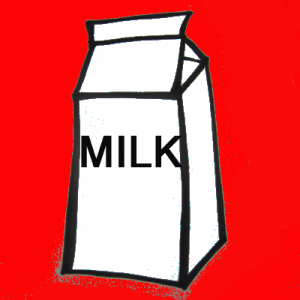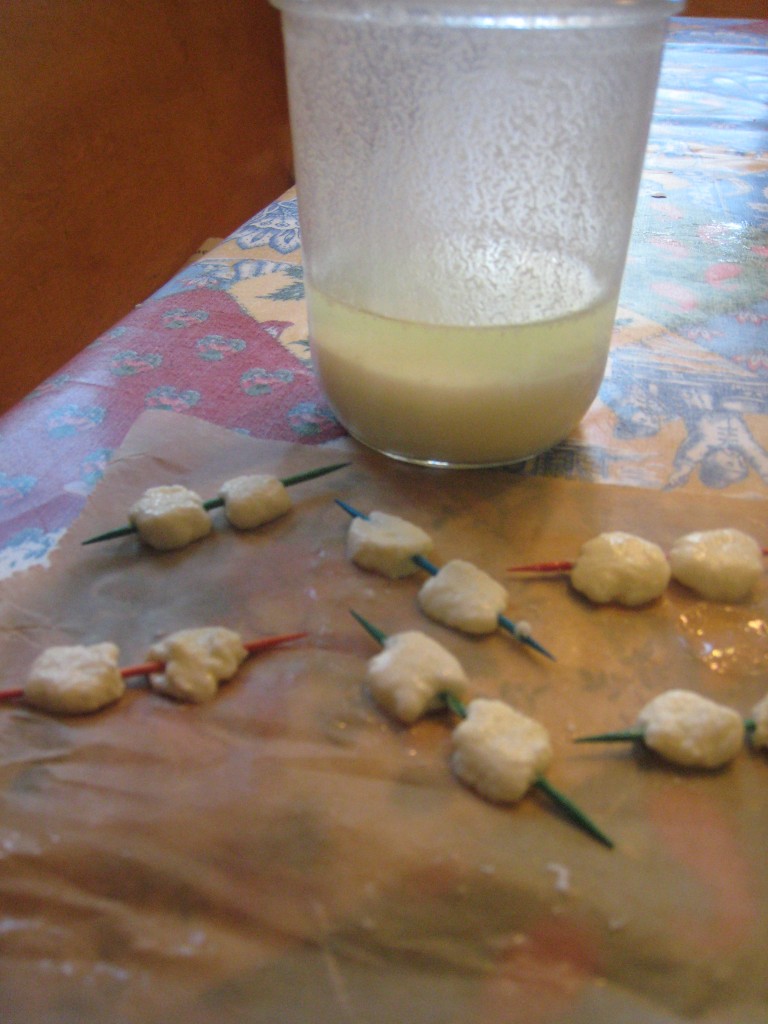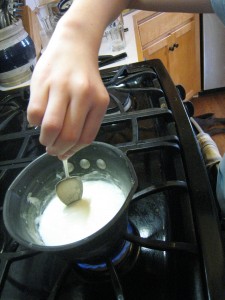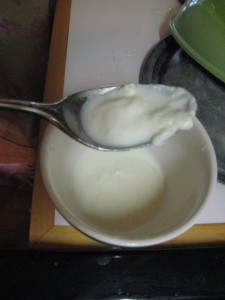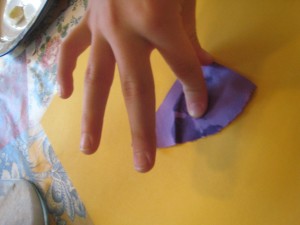Tag: milk’
How Safe is Your Milk?
- by KitchenPantryScientist
For years the F.D.A. has been threatening to do more rigorous testing of milk supplies for antibiotics. Now they’re going through with it, and many in the dairy industry are furious.
According to an article I read in the New York Times, inspectors have found both illegal levels of antibiotics, and types of antibiotics not regularly tested for, in older dairy cows that have been sent to slaughter. Anyone who doesn’t want their children getting an extra dose of drugs with their glass of milk should find this disturbing.
The fact that one large dairy COOP in the NorthEast told members to dump milk tested by the FDA in order to avoid recalls indicates that many in the industry are worried about what inspectors will find once they begin testing.
Large-scale agriculture is rife with antibiotics that are fed to beef cows to make them grow faster. What do consumers have to do to stop the overuse of these drugs in our food supply?
I plan to keep buying organic milk, hoping the tighter regulation and safer farming practices will keep my food pristine.
And please, test away, F.D.A. It’s your job to protect consumers. Don’t be afraid to do it.
Curds and Whey- Day 4 of Science Camp
- by KitchenPantryScientist
We discovered two easy experiments you can do with milk and vinegar. One is hot, and requires adult supervision, and the other is done at room temperature. Who knew you could make plastic and glue from milk?
Milk Plastic
The first experiment we tried was making “plastic” from milk curds. Heat about a cup of milk in a pan until it gets a scum on top or gets lumpy.
Skim off the scum (curds) with a spoon and put them into a small bowl to cool. Eventually, we got tired of skimming and just let a thick layer form on top of the liquid. Then, I poured the hot milk out of the pan and scraped out the curds with a spoon, adding them to the curds we’d already collected. Add a tsp. of vinegar and let the mixture cool for about an hour. Then, slowly pour off the liquid (we blotted some off with a paper towel too) and knead the “plastic”. You can shape your plastic into anything you want- beads, balls, animals and allow it to dry on a paper towel. When it’s dry, you can even paint it! Our plastic was very soft and gooey, so we rolled it into small balls on toothpicks to make beads.
Milk contains a protein called casein, which is a polymer, or a chain, or long molecules which can bend and move until the plastic hardens.
Homemade Glue
We also made glue using milk and vinegar. Just add a cup of milk and 1/3 cup white vinegar to a clear jar or bowl. Mix gently and allow the mixture to settle until you can see two layers. The curds are the white layer on the bottom of the jar and the whey is the liquid on top. Fish some of the curds out with a spoon or sieve, or just pour off the whey. The curds can be used as glue. We tried it and found that our homemade glue worked pretty well for gluing paper together!
The vinegar separates the milk, allowing the fat, minerals and casein protein to form curds. White glue is made from caseins of milk curds. Cheeses, as you probably already know, are made from curds.
I wonder how hard it is to make homemade edible cheese curds. Maybe that will be a project for another day.
